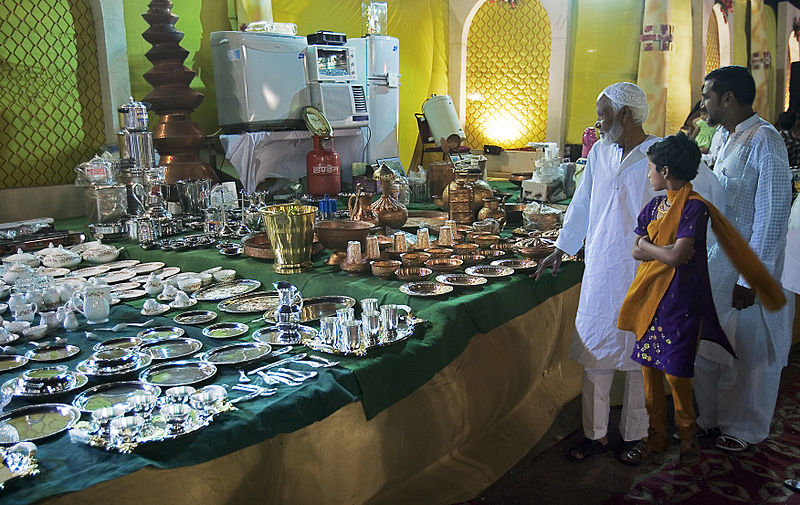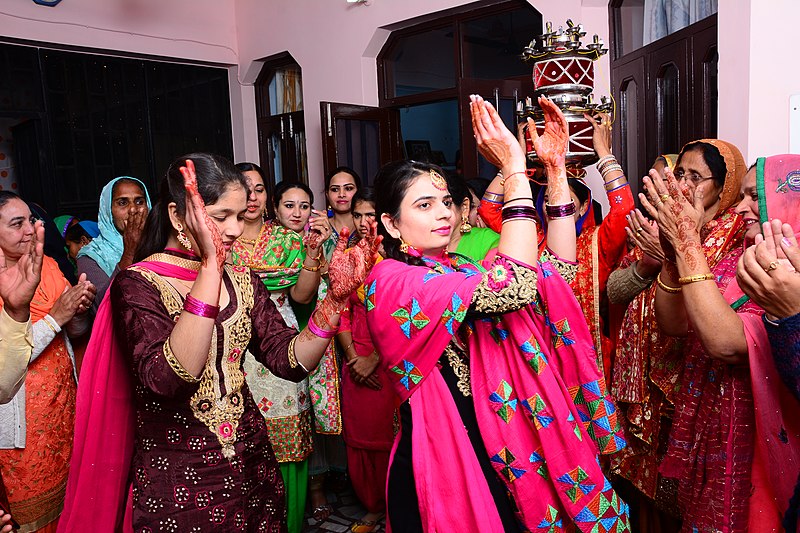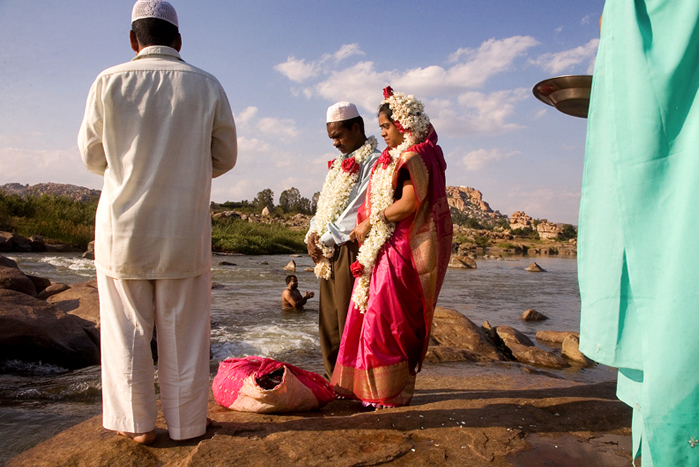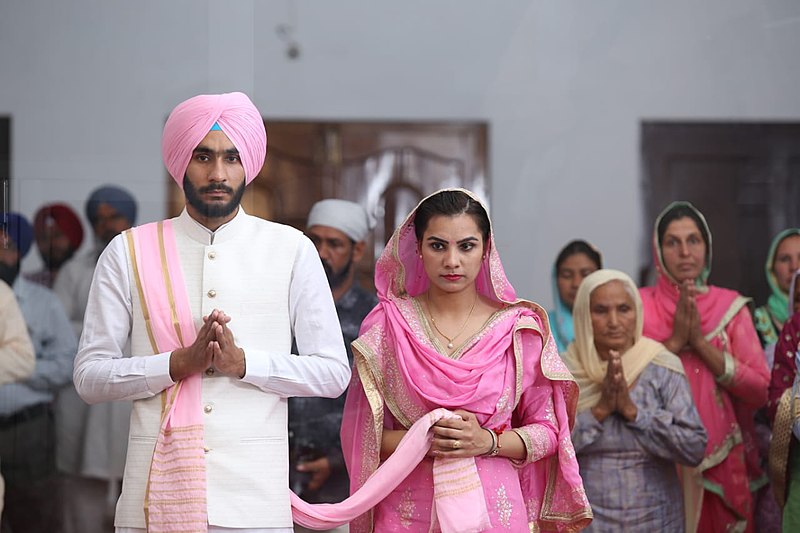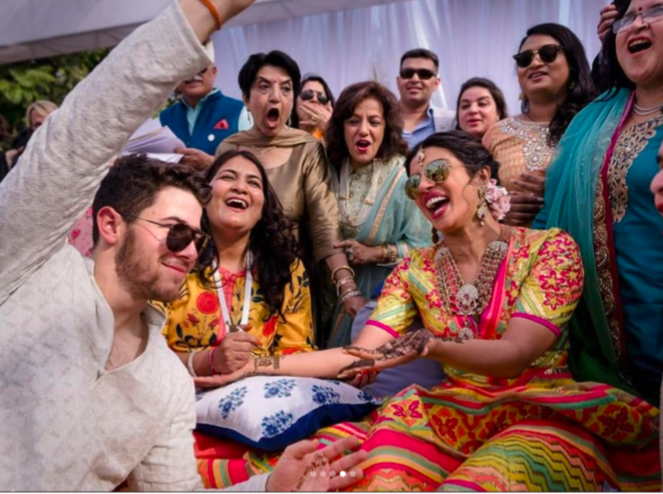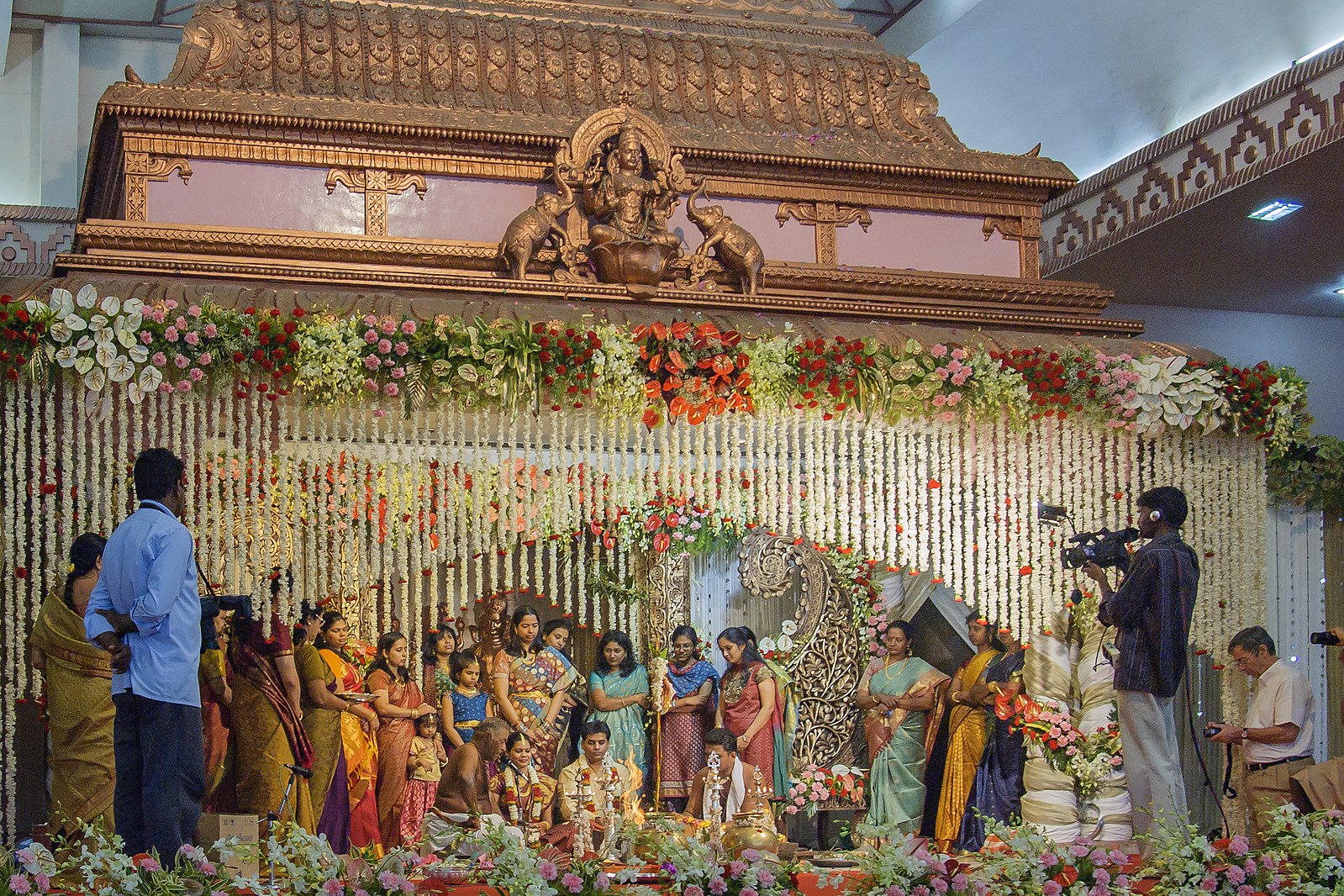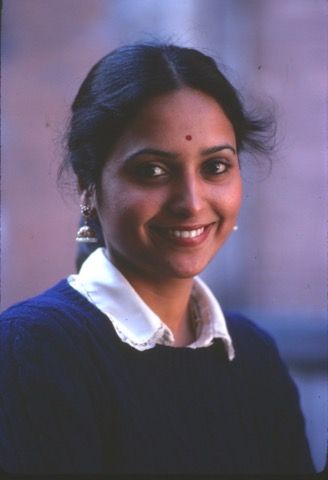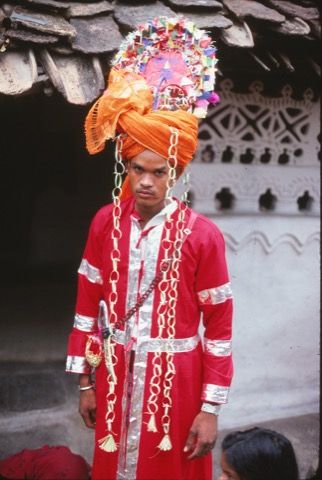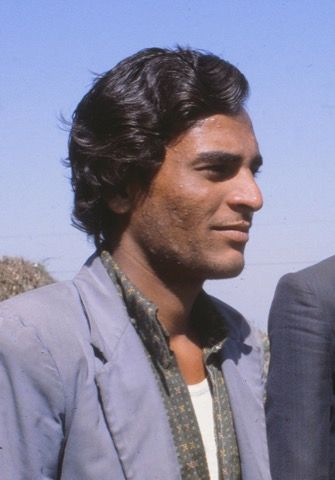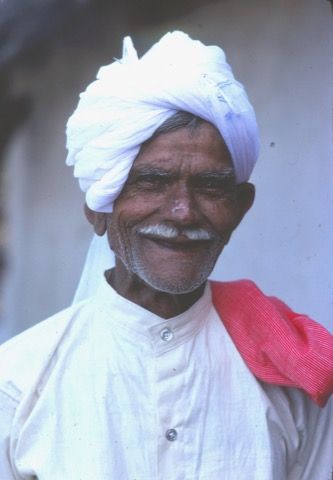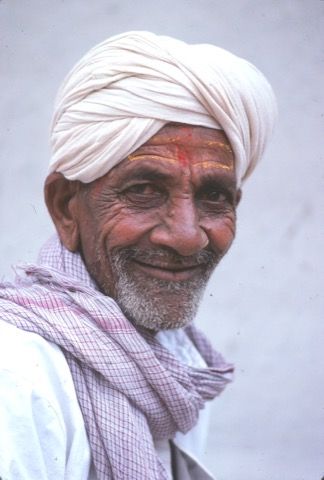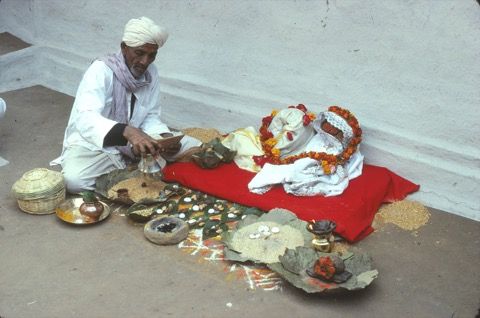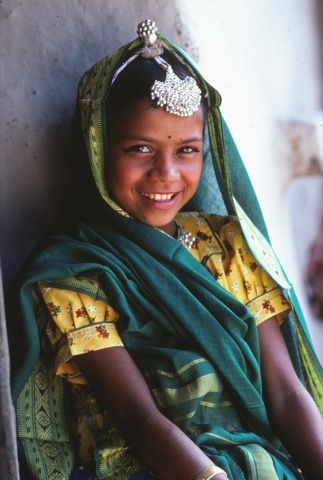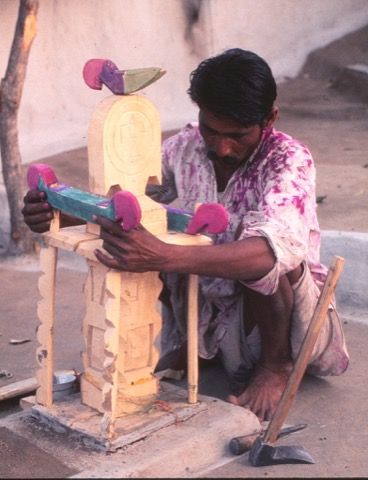India: It Takes a Village
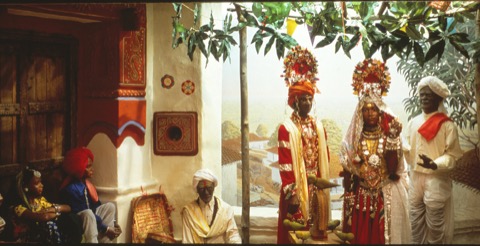
Hindu Wedding Diorama in AMNH’s Hall of Asian Peoples.
Courtesy of Doranne Jacobson
How did this diorama come to be?
In 1978, Walter Fairservis, guest curator of AMNH’s Hall of Asian Peoples, asked anthropologist Doranne Jacobson to create an Indian wedding exhibit using items already in the AMNH collection. Jacobson, who had conducted her dissertation fieldwork in an Indian village, instead argued that the wedding scene, and each item included, must be specific to a religion, caste and location. Real people in the village in the Raisen District of India’s Madhya Pradesh region where Jacobson had done her research modeled for the mannequins in the diorama and helped Jacobson acquire appropriate local items. The diorama portrays a wedding scene from nearly twenty years earlier when handicrafts made in the region were more commonly used.
Why does a wedding represent India?
Weddings are a fundamental element of Indian society. Jacobson describes a wedding in the region she studied as “the hub of a big wheel that involves all the different castes in a particular locale. It involves traditional economic ties, ritual activity that everyone is involved in. It brings together people from different families.” The families of a bride and groom will spare no expense to have a memorable wedding, often going into debt. They feed the whole community and dress the bride and groom in lavish ornamentation, including jewelry, that reflects the family’s status and religious devotion. This diorama shows the bride displaying thousands of rupees worth of rings and bangles.
A Variety of Indian Weddings
How did the community contribute?
Two of Jacobson’s village mentors guided her organization of the wedding scene. They advised her on the 200 or more items of clothing, jewelry and ritual paraphernalia she had to assemble to make a wedding. They helped her to procure them and to avoid paying tourist prices. A prominent farmer in the area, a learned priest, a young carpenter and many other craftsmen and locals contributed to the project in various ways. Several villagers posed for individual mannequins and the pictures Jacobson took informed the construction of the mannequins and the diorama.


